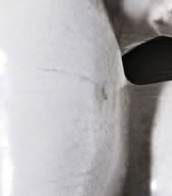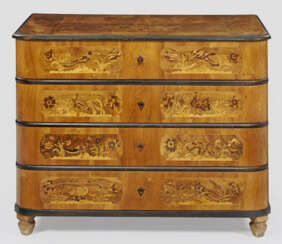113 Items by auctions and galleries:
hühner
Lot 1768 Henry Schouten
Henry Schouten (1864 - 1927)  A195: Internationale Kunstauktion — Teil 2
A195: Internationale Kunstauktion — Teil 2 

Henry Schouten
1864 - 1927
Belgium, Indonesia
Henri Schouten is a Belgian animalist painter.
He studied at the Brussels Academy, where, under the influence of his teacher Alfred Vervy, he specialized in painting landscapes with cattle. Schouten depicted a wide variety of domestic animals and birds in their natural environment in a very naturalistic way, paying attention to their special character traits, as was fashionable at the time. His paintings were much loved by the wealthy Belgian bourgeoisie.

Kunstauktionshaus Schloss Ahlden GmbH
A195: Internationale Kunstauktion — Teil 2
Date: 06.12.2025 10:00 UTC +01:00
Number of lots in the catalog: 1053









































































